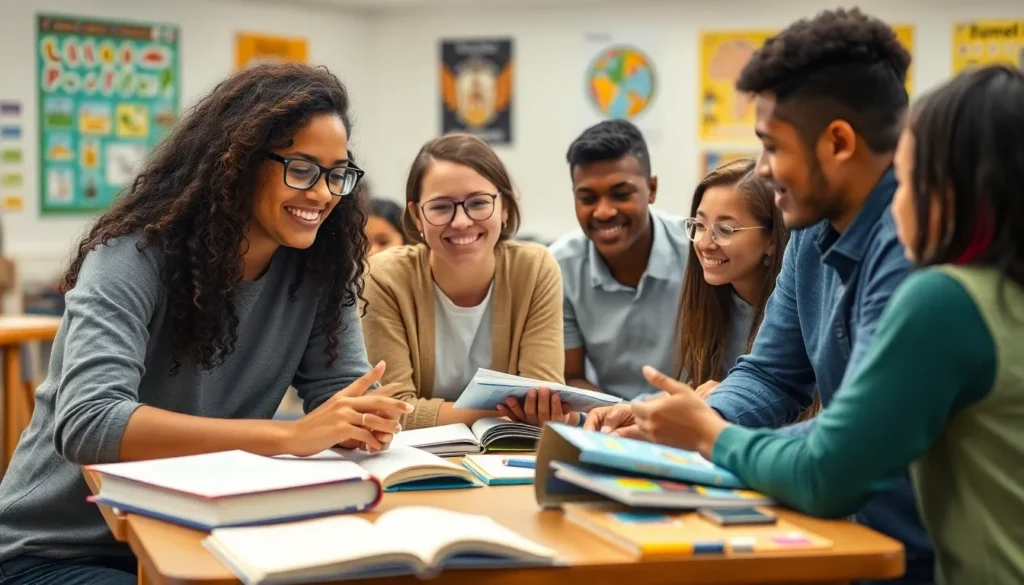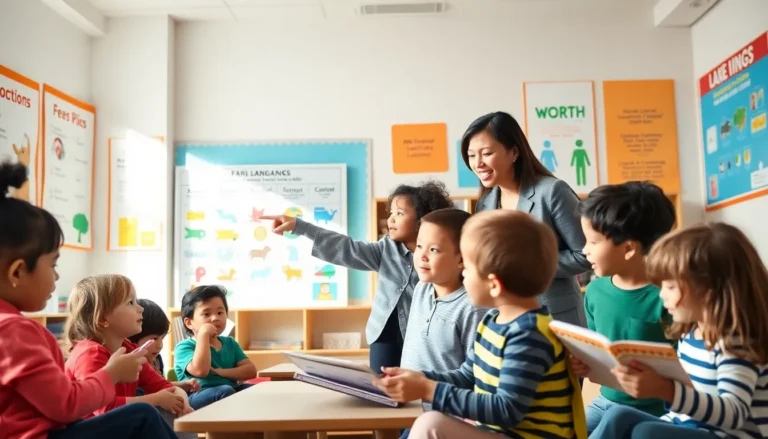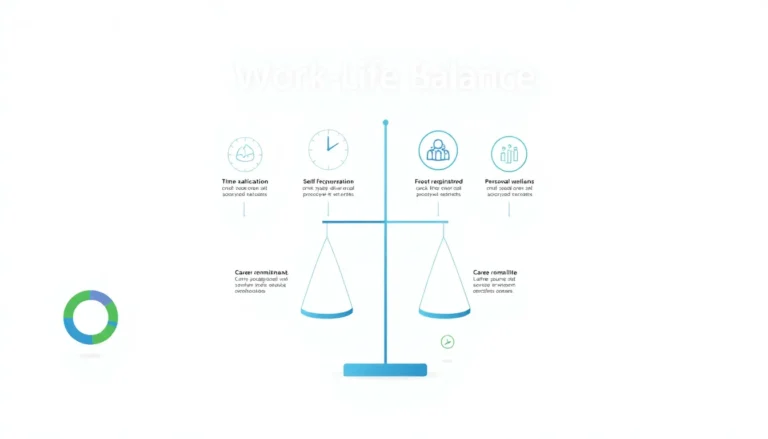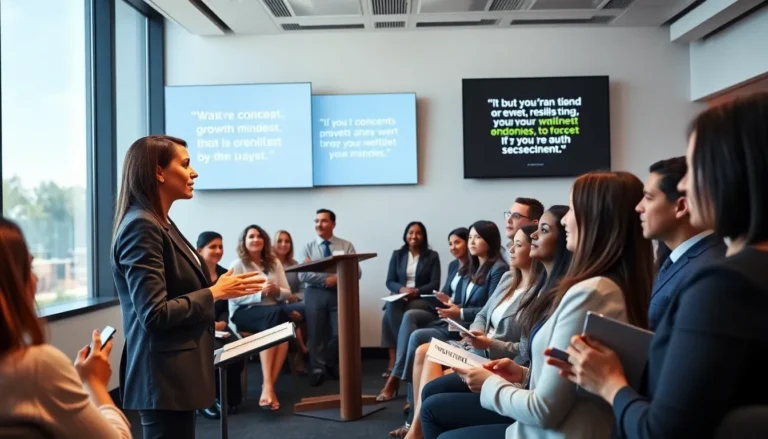Table of Contents
ToggleIn a world where instant gratification reigns supreme, mastery-based learning offers a refreshing twist. It’s not just about checking off boxes or racing to the finish line; it’s about cultivating a mindset that values deep understanding and resilience. Imagine turning the learning process into a marathon rather than a sprint—where every step taken builds endurance, confidence, and a thirst for knowledge.
Mastery-based learning encourages students to embrace challenges and view mistakes as stepping stones rather than roadblocks. This approach fosters a growth mindset, transforming learners into lifelong seekers of knowledge. So, if you’re tired of the cookie-cutter education model and ready to dive into a more enriching experience, buckle up. Mastery-based learning is here to change the game, one mindset at a time.
Understanding Mastery-Based Learning
Mastery-based learning focuses on deep understanding and personal growth rather than quick completion of tasks. This educational model promotes sustained engagement with concepts until students achieve proficiency.
Definition and Key Concepts
Mastery-based learning centers around the idea that students progress at their own pace, ensuring mastery of material before moving forward. This approach prioritizes individual understanding, allowing learners to demonstrate their knowledge in various ways. Evaluation methods often include assessments and projects that reflect a student’s grasp of competencies. Clear learning objectives guide this structure, allowing students to target specific skills they need to master. Significant emphasis is placed on continual feedback and opportunities for improvement, fostering an environment where learning is genuinely valued.
Importance of a Growth Mindset
A growth mindset underpins mastery-based learning by encouraging students to see challenges as opportunities for growth. Embracing obstacles enhances resilience in the face of difficulties. This perspective fosters a culture of persistence, enabling students to learn from mistakes rather than fear them. Developing a growth mindset cultivates lifelong learning habits, making learners more adaptable and open to new experiences. Educational environments that support this mindset produce confident individuals who are motivated to explore and expand their potential.
The Goal of Mastery-Based Learning
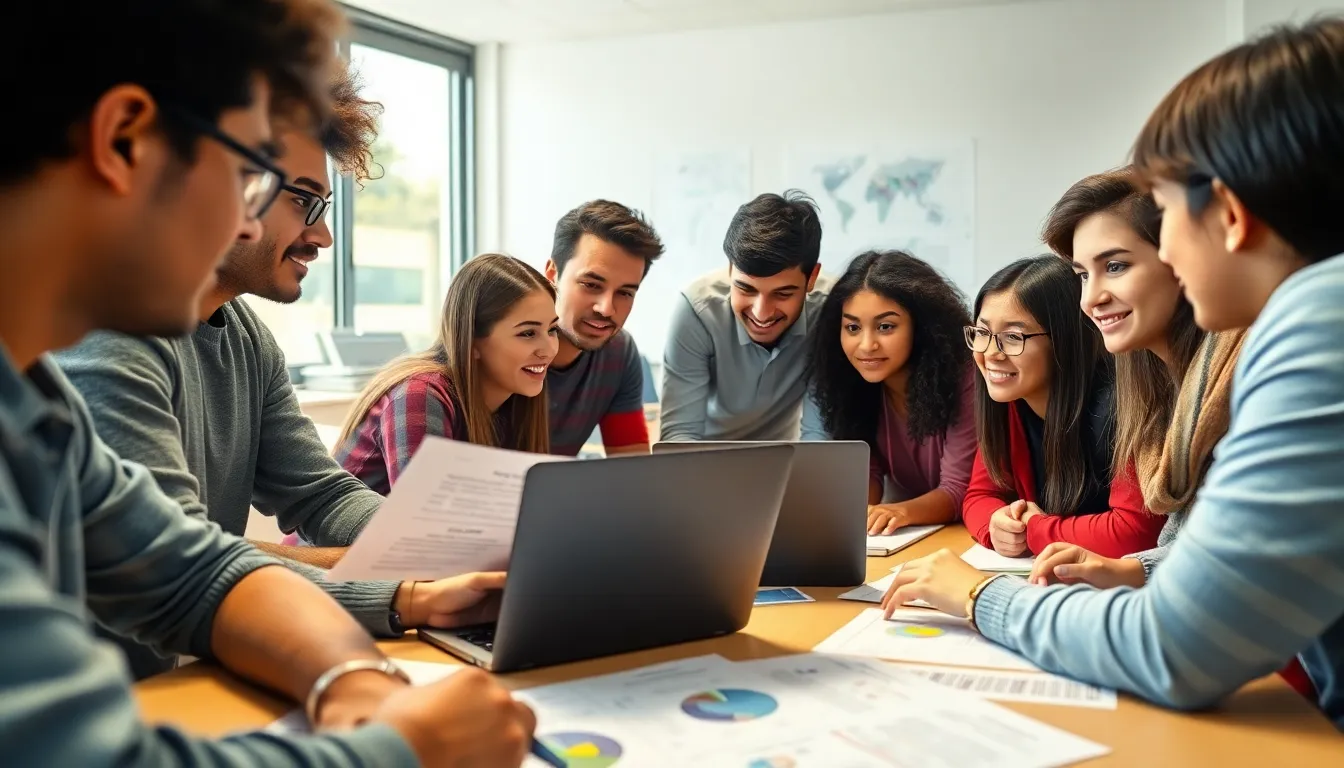
Mastery-based learning aims to foster a mindset that prioritizes deep understanding and resilience in students. This approach encourages learners to embrace each step of the journey toward mastery.
Establishing a Mindset for Success
Establishing a success-oriented mindset involves recognizing that learning is a process requiring time and effort. Students gain confidence as they progress through challenges, enhancing their intrinsic motivation. Continuous feedback allows them to see their growth and adjust their strategies accordingly. Moreover, clear learning objectives serve as guiding stars, helping students focus on what matters most. Mastery-based learning cultivates a culture where mistakes become valuable lessons rather than setbacks. This transformation encourages self-reflection and a commitment to improvement.
Overcoming Challenges and Obstacles
Overcoming challenges becomes a key focus in mastery-based learning. Students learn to tackle obstacles head-on, seeing them as opportunities rather than threats. Encouragement to persist through difficulties strengthens resilience, promoting a positive outlook. With support from instructors and peers, learners develop strategies to navigate setbacks effectively. A collaborative environment helps them share experiences and solutions, further enriching their learning. Embracing this mindset empowers students to push beyond their limits, resulting in confidence and a desire to explore further.
Strategies for Implementing Mastery-Based Learning
Mastery-based learning thrives on effective strategies that foster a growth mindset. Implementation focuses on personalization and the use of feedback and assessment techniques.
Personalization and Individualization
Personalized learning paths cater to individual student needs. Customizing lessons ensures each learner engages with material at their own pace. Individual learning plans outline specific goals and milestones, promoting ownership of the educational journey. Additionally, adaptive technology can provide tailored resources, meeting diverse learning styles. This approach nurtures resilience through targeted support, allowing students to master concepts fully before advancing.
Feedback and Assessment Techniques
Regular feedback enhances understanding and performance. Constructive criticism, delivered promptly, helps students identify areas for improvement. Formative assessments offer ongoing insight into progress, while summative assessments gauge overall mastery. Peer evaluations encourage collaboration and reflection, reinforcing learning objectives. Incorporating self-assessment empowers students to take charge of their learning and track their growth. Adopting a variety of assessment methods creates an engaging and supportive learning environment, vital for mastery-based education.
The Role of Educators in Mastery-Based Learning
Educators play a crucial role in the success of mastery-based learning. Their support and guidance create an environment where students can thrive and develop resilience.
Creating a Supportive Environment
A supportive environment encourages student engagement and exploration. Instructors foster a culture of trust and open communication. Maintaining clear expectations involves consistent and transparent communication about goals and assessments. Regular feedback not only helps students track progress but also builds confidence. Establishing positive relationships with students makes it easier for them to embrace challenges. Overall, a nurturing atmosphere enables students to feel comfortable taking risks, which is essential for developing a mastery mindset.
Encouraging Student Ownership
Student ownership is vital in mastery-based learning. When learners take charge of their educational path, they become more motivated and accountable. Instructors can facilitate this by providing choices in projects and assessments. Allowing flexibility in learning paths caters to diverse student needs. Students often show greater commitment when they set personal goals and monitor their progress. Collaboration among peers also encourages accountability, as students support one another in their journeys. This sense of ownership ultimately leads to a more fulfilling learning experience.
Mastery-based learning establishes a mindset that values persistence and growth. By encouraging students to embrace challenges and view setbacks as learning opportunities, it cultivates resilience and confidence. This approach transforms education into a journey where understanding deepens over time rather than a race to finish.
As students engage with material at their own pace and receive continual feedback, they develop a sense of ownership over their learning. This autonomy not only fosters motivation but also promotes collaboration and reflection. Ultimately, mastery-based learning equips learners with the skills and mindset needed to thrive in an ever-changing world, making them lifelong learners ready to tackle future challenges.

